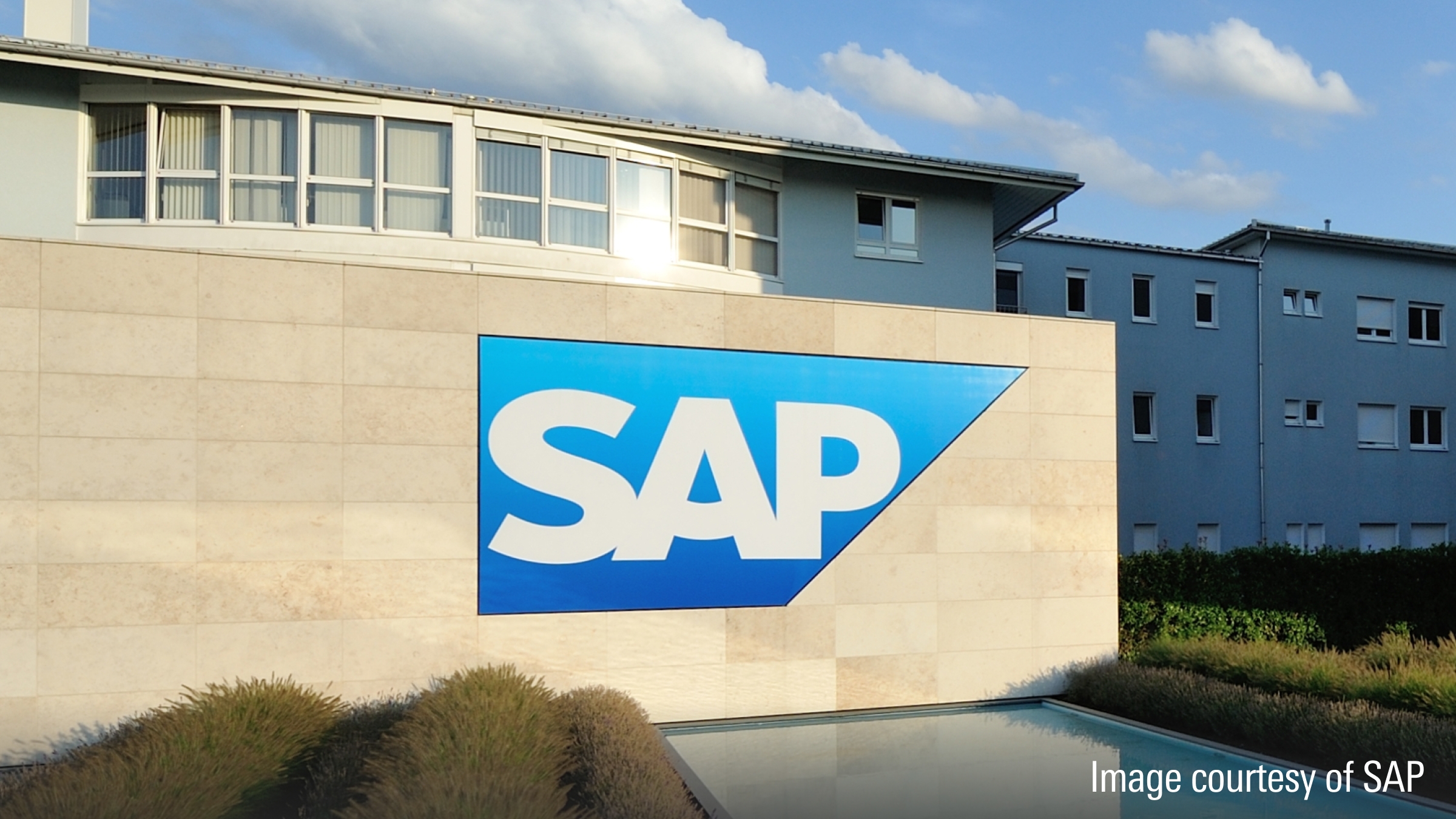Amazon.com (AMZN) released its second-quarter earnings report on August 1. Here’s Morningstar’s take on Amazon’s earnings and the outlook for its stock.
What We Thought of Amazon's Q2 Earnings
• The company’s third-quarter outlook aligned with our revenue estimate and was better than our operating income estimate. Amazon continues to take strides in efficiency improvements throughout the network, which helps lower costs and improve delivery speeds and ultimately drives increased purchases by Prime members.
• AWS has shifted back to growth mode after the optimization efforts by clients have ended, and artificial intelligence has captured the customers’ attention. We think these trends are consistent with our expectation that AWS is an overall key long-term driver for Amazon. Management noted a multibillion book of business from generative AI already. More importantly, customers have returned to migrating new workloads to the cloud. Management comments are consistent with recent remarks from Microsoft regarding its Azure business, and we think it bodes well for growth through 2026. The fact that backlog is bigger than revenue and is growing faster gives us confidence over the next several years.
• We believe Amazon is well-positioned in generative AI and should benefit as the technology adoption gains steam. We think the company’s proprietary chips, Trainium and Inferentia, and Bedrock and other AI-related solutions support this notion. Management believes generative AI can add tens of billions of dollars to revenue over the next several years. On AWS overall, we think the migration to the public cloud is an enormous opportunity and remains in the early stages of evolution, with AWS being the clear leader. Based on strong AI demand, Amazon plans to increase capital investments in data center capacity in the second half of the year, when it expects capital expenditures to exceed $32.5 billion from the first six months of the year.
• Overall demand trends remain unchanged over the last year or so, with e-commerce showing signs of consumer stress. On the retail side, Amazon continues to target the overall customer experience by expanding its selection and improving delivery speed. These factors continue to drive order frequency and ticket sizes for Prime members. Management reiterated it can continue to improve selection and delivery speed while improving margins, which we think has been fairly evident over the last year. The company confirmed that consumers continue to trade down, seek deals, and focus more on everyday items while eschewing larger-ticket discretionary items. This is unsurprising and still represents the underpinnings of our near-term estimates.
• After a pullback that began in early July, we see shares as increasingly attractive.
Key Morningstar Metrics for Amazon
• Fair Value Estimate: $195.00
• Morningstar Rating: ★★★★
• Morningstar Economic Moat Rating: Wide
• Morningstar Uncertainty Rating: High
Fair Value Estimate for Amazon
With its 4-star rating, we believe Amazon’s stock is undervalued compared with our long-term fair value estimate of $195 per share.
Our fair value estimate for Amazon is $195 per share, which implies a 2024 enterprise value/sales multiple of 3 times and a 2% free cash flow yield. We think multiples are a little less meaningful for Amazon, given the ongoing heavy investment and rapid scaling that depresses financial performance. However, we expect the company to significantly grow its free cash flow as it matures.
We assign a wide moat rating to Amazon based on network effects, cost advantages, intangible assets, and switching costs. Amazon has been disrupting the traditional retail industry for more than two decades, while also emerging as the leading infrastructure-as-a-service provider via Amazon Web Services. This disruption has been embraced by consumers and has driven change across the entire industry, as traditional retailers have invested heavily in technology in order to keep pace. Covid-19 has accelerated change, and given the company’s technological prowess, massive scale, and relationship with consumers, we think Amazon has widened its lead, which we believe will result in economic returns well in excess of its cost of capital for years to come.
Financial Strength
We believe Amazon is financially sound. Revenue is growing rapidly, margins are expanding, the company has unrivaled scale, and the balance sheet is in great shape. In our view, the marketplace will remain attractive to third-party sellers, as Prime continues to tightly weave consumers to Amazon. We also see AWS and advertising driving overall corporate growth and continued margin expansion.
Risk and Uncertainty
We assign Amazon a Morningstar Uncertainty Rating of Medium.
Amazon must protect its leading online retailing position, which can be challenging as consumer preferences change, especially postcovid (as consumers may revert to prior behaviors), and as traditional retailers bolster their online presence. Maintaining an e-commerce edge has pushed the company to make investments in nontraditional areas, such as producing content for Prime Video and building out its own transportation network. Similarly, the company must also maintain an attractive value proposition for its third-party sellers. Some of these investment areas have raised investor questions in the past, and we expect management to continue to invest according to its strategy, despite periodic margin pressure from increased spending.
Amazon Bulls Say
• Amazon is the clear leader in e-commerce and enjoys unrivaled scale to continue to invest in growth opportunities and drive the very best customer experience.
• High-margin advertising and AWS are growing faster than the corporate average, which should continue to boost profitability over the next several years.
• Amazon Prime memberships help attract and retain customers who spend more with Amazon. This reinforces a powerful network effect while bringing in recurring and high-margin revenue.
Amazon Bears Say
• Regulatory concerns are rising for large technology firms, including Amazon. Further, the firm may face increasing regulatory and compliance issues as it expands internationally.
• New investments – notably in fulfillment, delivery, and AWS – should damp free cash flow growth. Also, Amazon’s penetration into some countries might be harder than in the United States because of inferior logistical networks.
• Amazon may not be as successful in penetrating new retail categories, such as luxury goods, because of consumer preferences and an improved e-commerce experience from larger retailers.






















